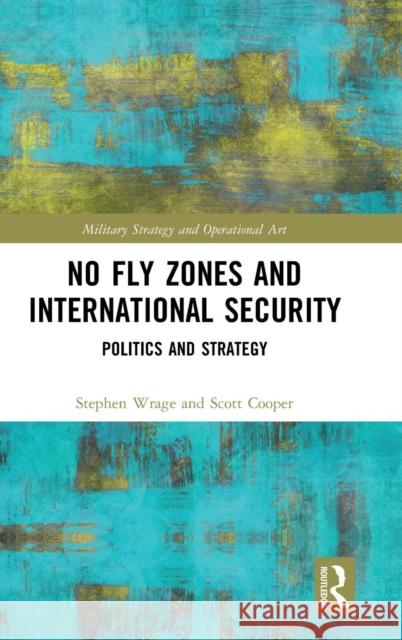No Fly Zones and International Security: Politics and Strategy » książka
No Fly Zones and International Security: Politics and Strategy
ISBN-13: 9781472452313 / Angielski / Twarda / 2019 / 166 str.
No Fly Zones and International Security: Politics and Strategy
ISBN-13: 9781472452313 / Angielski / Twarda / 2019 / 166 str.
(netto: 670,84 VAT: 5%)
Najniższa cena z 30 dni: 654,86
ok. 22 dni roboczych
Dostawa w 2026 r.
Darmowa dostawa!
This book discusses the limitations of the practice of imposing no fly zones and considers the potential utility of a no fly zone in the case of Syria. Imposing no fly zones on governments that use force from the air against their own people has been a practice of the United States since the closing days of the first Iraq war. A no fly zone was imposed on Iraq from 1991 to 2003, on Bosnia from 1993-1995 and on Libya for three months in 2011. No fly zones have come to be viewed as an easily feasible, moderately costly, acceptably risky, essentially nonviolent form of intervention that can be performed entirely from the air in a situation where some form of action is widely thought to be necessary but the political will for a ground operation is insufficient. This book examines those assumptions by exploring the experience with no fly zones focusing on such issues as justification and authority, cost, practical difficulty, riskiness, possibility of escalation and effectiveness. It discusses the limitations of the practice of imposing no fly zones and considers the potential utility of a no fly zone in Syria. This book will be of much interest to students of air power, security studies, Middle Eastern Studies and IR in general.











